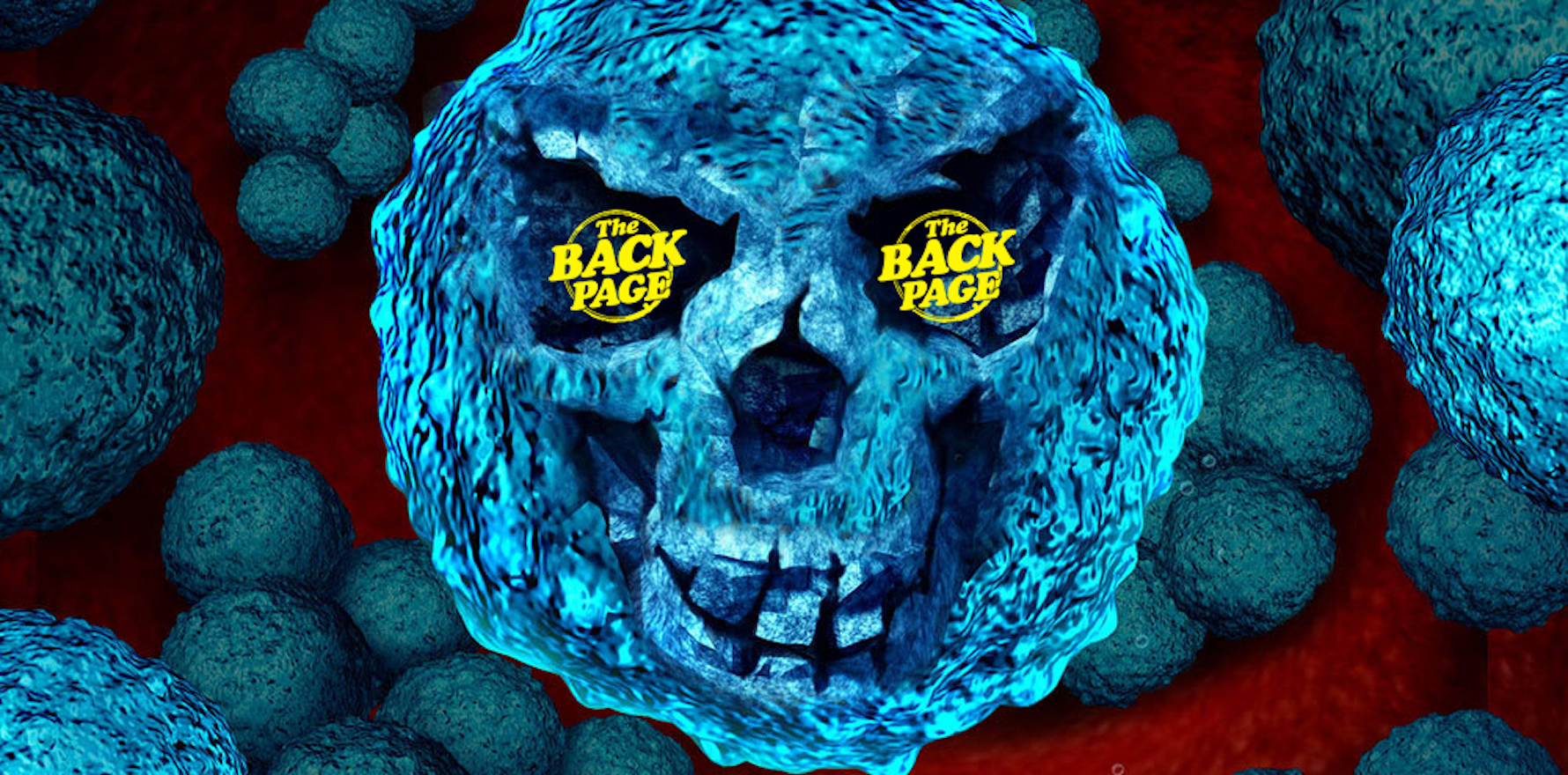As if this microbial monster wasn’t bad enough already, it’s diet will make you sick.
Every so often your ageing Back Page scribbler stumbles across a yarn that seems just too bad to be true.
And today is one of those days, because if the findings of a new study published this week in the journal, Cell, have any credence, then our journey to hell in a handcart just gathered a disconcerting amount of unwanted momentum.
It goes without saying that bacterial superbugs are very bad things.
Just how much of an existential threat to humanity they pose is contestable, but the evidence sure is mounting up in favour of the Negative Nellies.
Take the charmless little beastie, Pseudomonas aeruginosa, for example. Not only is this drug-resistant superbug associated with more than half a million deaths per year, boffins from London’s Brunel University have discovered it has a particularly devilish party trick: it feeds off plastic. And not just any plastic, it’s particularly partial to the medical plastics ubiquitous to our hospital and healthcare settings.
It has been previously known that P. aeruginosa was responsible for causing illnesses such as pneumonia or urinary tract infections and that people often seem to develop these conditions after surgery.
Armed with this knowledge, Brunel’s research team analysed a strain of the bacteria taken from a patient’s wound swab.
What they discovered was this superbug seemed specifically to survive longer on a plastic called polycaprolactone, a material used in many medical interventions ranging from sutures, stents, and surgical mesh to wound dressings, drug-delivery patches, and implants.
“Plastics, including plastic surfaces, could potentially be food for these bacteria. Pathogens with this ability could survive for longer in the hospital environment,” study lead Professor Ronan McCarthy told media.
Any medical device or treatment that contained plastic, including the ventilators some pneumonia patients needed and catheters necessary for UTIs, “could be susceptible to degradation by bacteria”, he added.
Sounds bad, right? Unfortunately, the news gets worse.
The researchers also discovered an enzyme that they isolated appeared to grow stronger biofilms, or outer layers, that helped the bacteria resist antibiotics and made them harder to treat, after digesting the plastic.
These findings should prompt medical professionals to rethink how bugs spread throughout hospitals and other healthcare settings, Professor McCarthy understated.
Indeed, they should.
But given there’s a 200-year history of pathogenic adaptation behind this plastic-munching little monster, it probably going to outsmart us quicker than you can say “apocalypse now”.
Send story tips for surviving the superbug holocaust to cate@medicalrepublic.com.au


